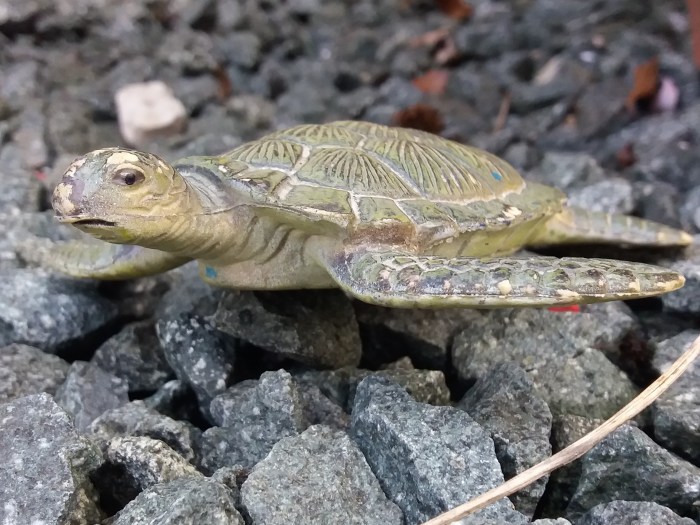Review and images by Fembrogon; edited by bmathison1972
Turtles and tortoises don’t seem to get the same bad rap their reptilian relatives have historically suffered; perhaps their slower nature, omnivorous diets, and long lifespans have endeared themselves to human sensibilities better. Not all testudines are harmless, however, and as a kid who liked his predators, I was always most enamored with the big-beaked, carnivorous snapping turtles.















